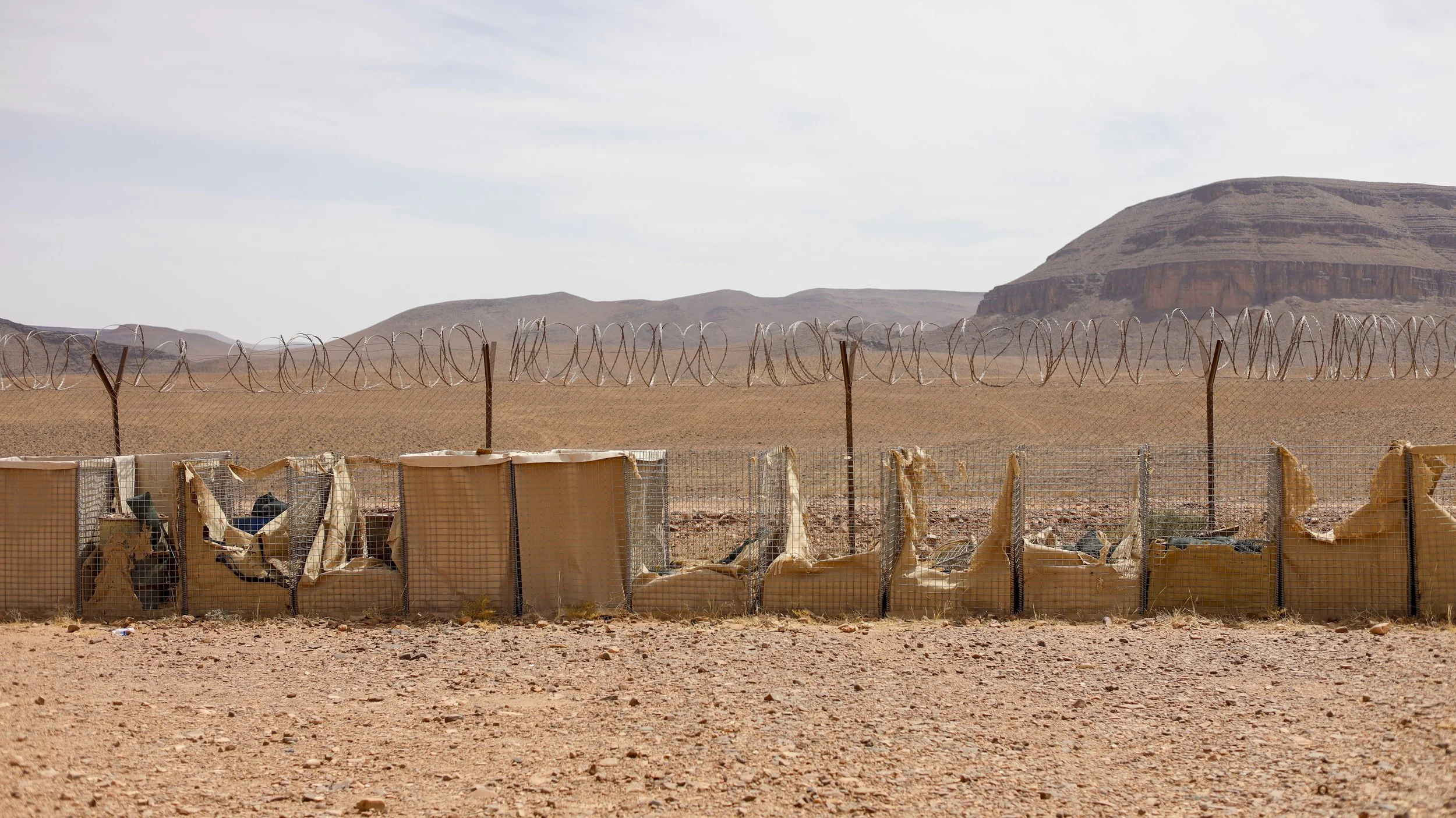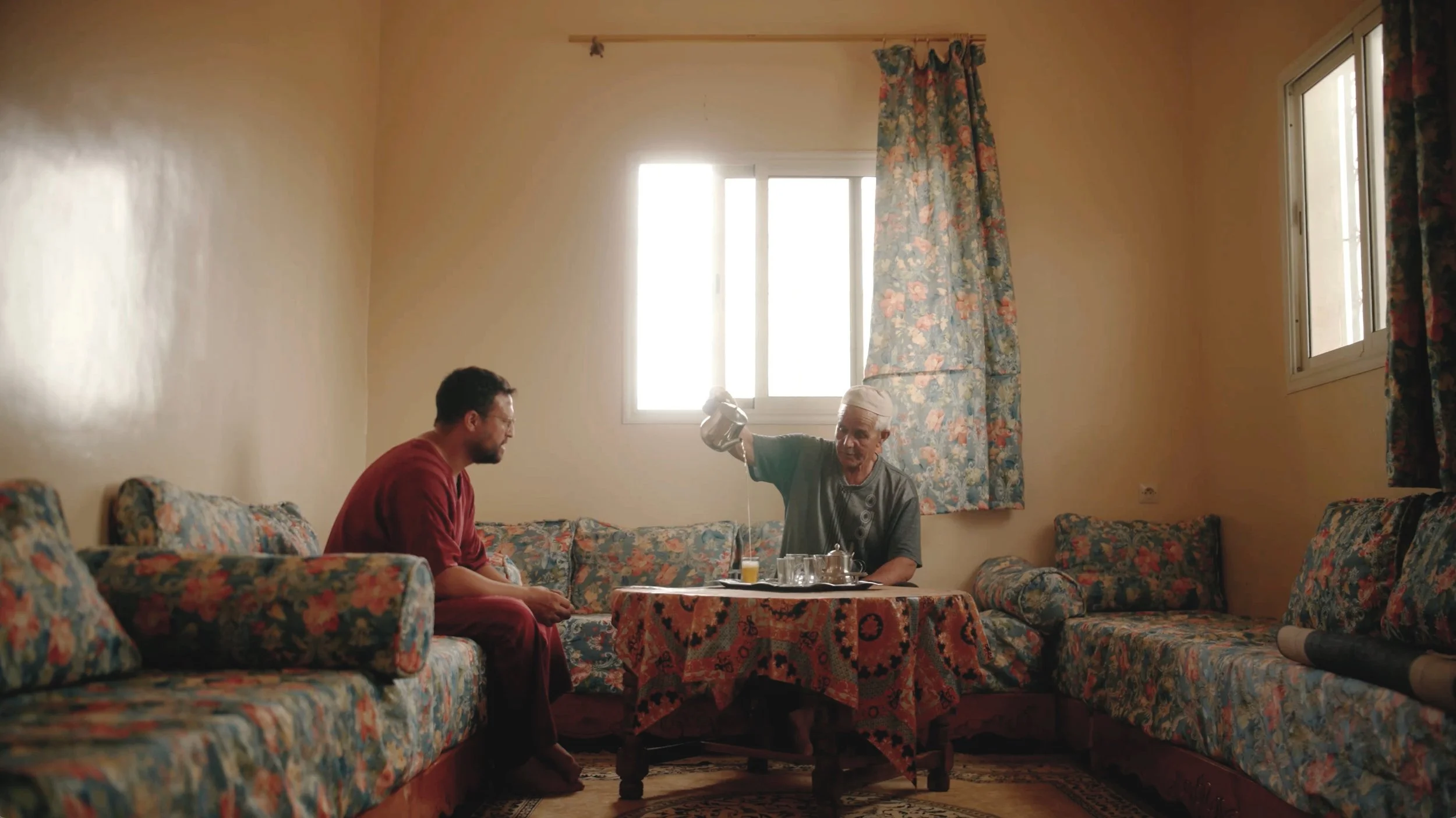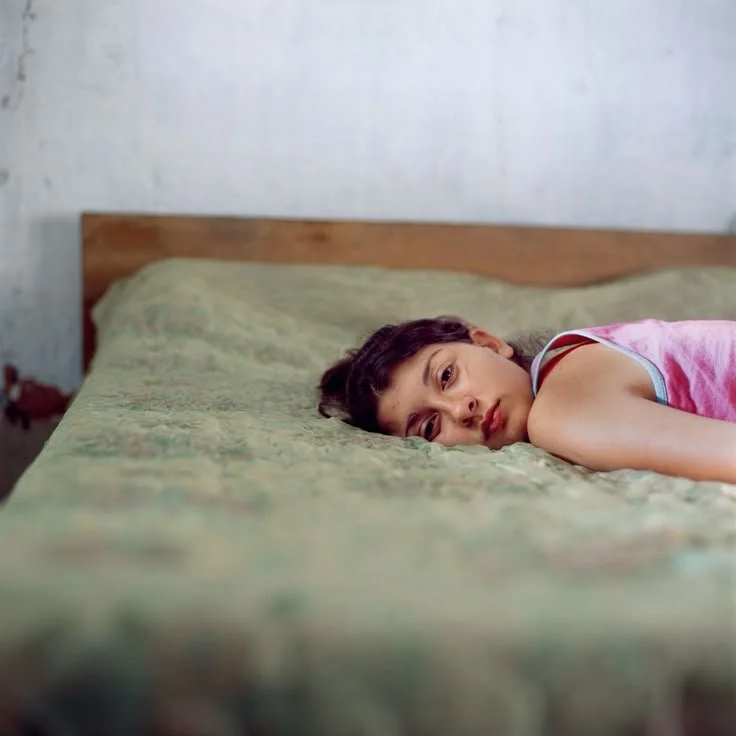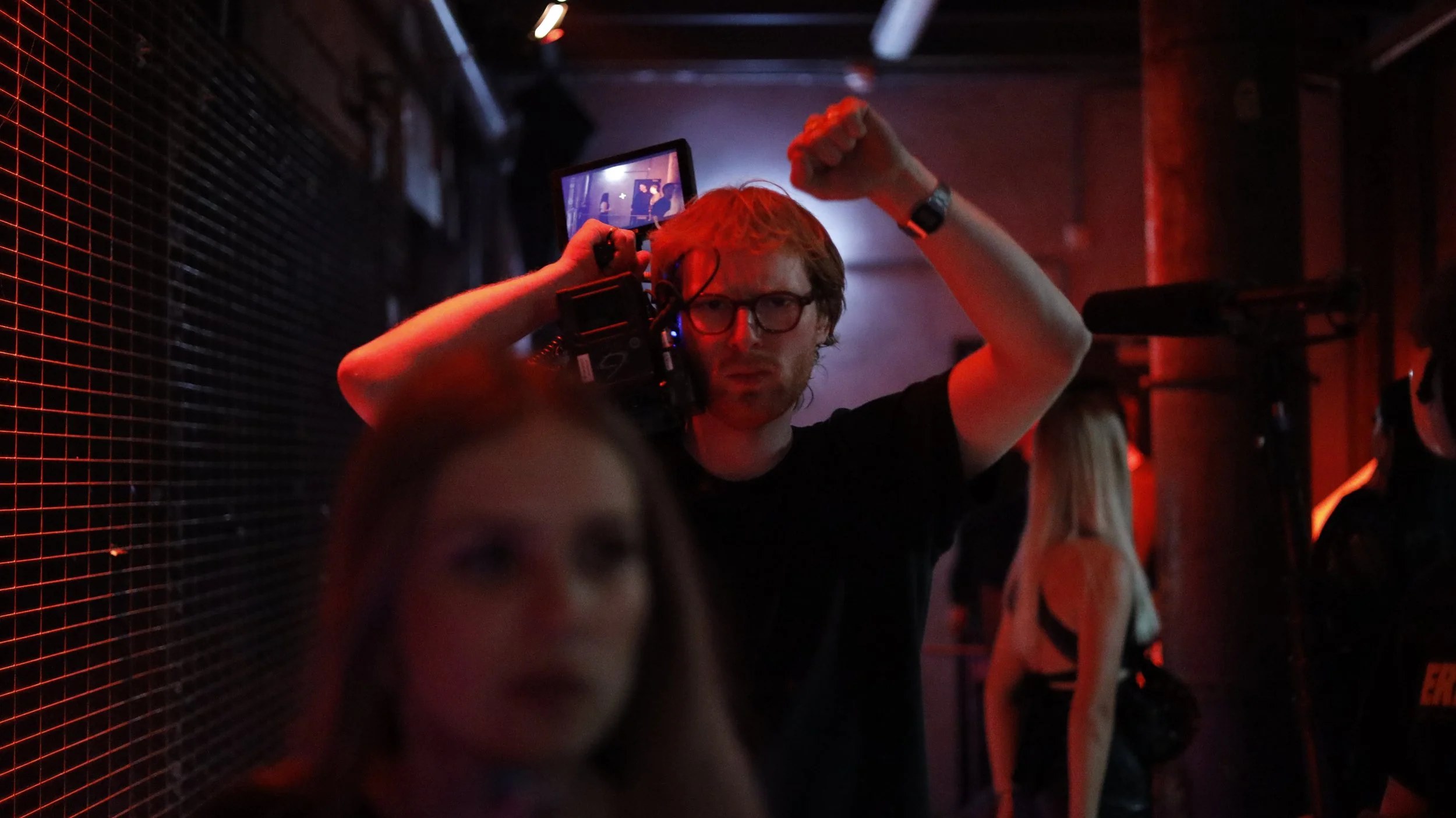BLENDED
"So-We BLENDED is where bold creatives—filmmakers, directors, photographers, and visual artists—come together to break rules, push boundaries, and craft visuals that hit different."
“Our mission is clear: if we blend our talent as a collective, we can establish something greater.”
So-We Blended is a collective of producers, filmmakers, photographers, and other creatives. We blend creativity and craft to develop films, documentaries, video content, animations, and photo series—from concept to post-production—for both independent stories and bold brands.
At So-We Blended, we share our expertise from different perspectives to create meaningful work for inspiring clients. We draw from a wide network of emerging talent and make space for new voices and fresh approaches.
As a collective, we believe in shared ownership and collective responsibility. Every project is built on transparency, trust, and the conviction that investing in relationships is more sustainable than chasing short-term profit. By putting people at the heart of the process, we contribute to a more caring, creative, and resilient economy—where collaboration comes before competition.
TIKTOK RAVERS / Documentary / VPRO
HOLLAND GATE / Documentary - Fiction / KRO-NCRV
IDENTITY NOT DETECTED / Documentary / HUMAN
GEENM2 / Documentary
DE TWEAK / Fiction / 48h Project
BABA / Short fiction
IT’S MY TURN / Short fiction
CRIP TIME / Documentary / VPRO
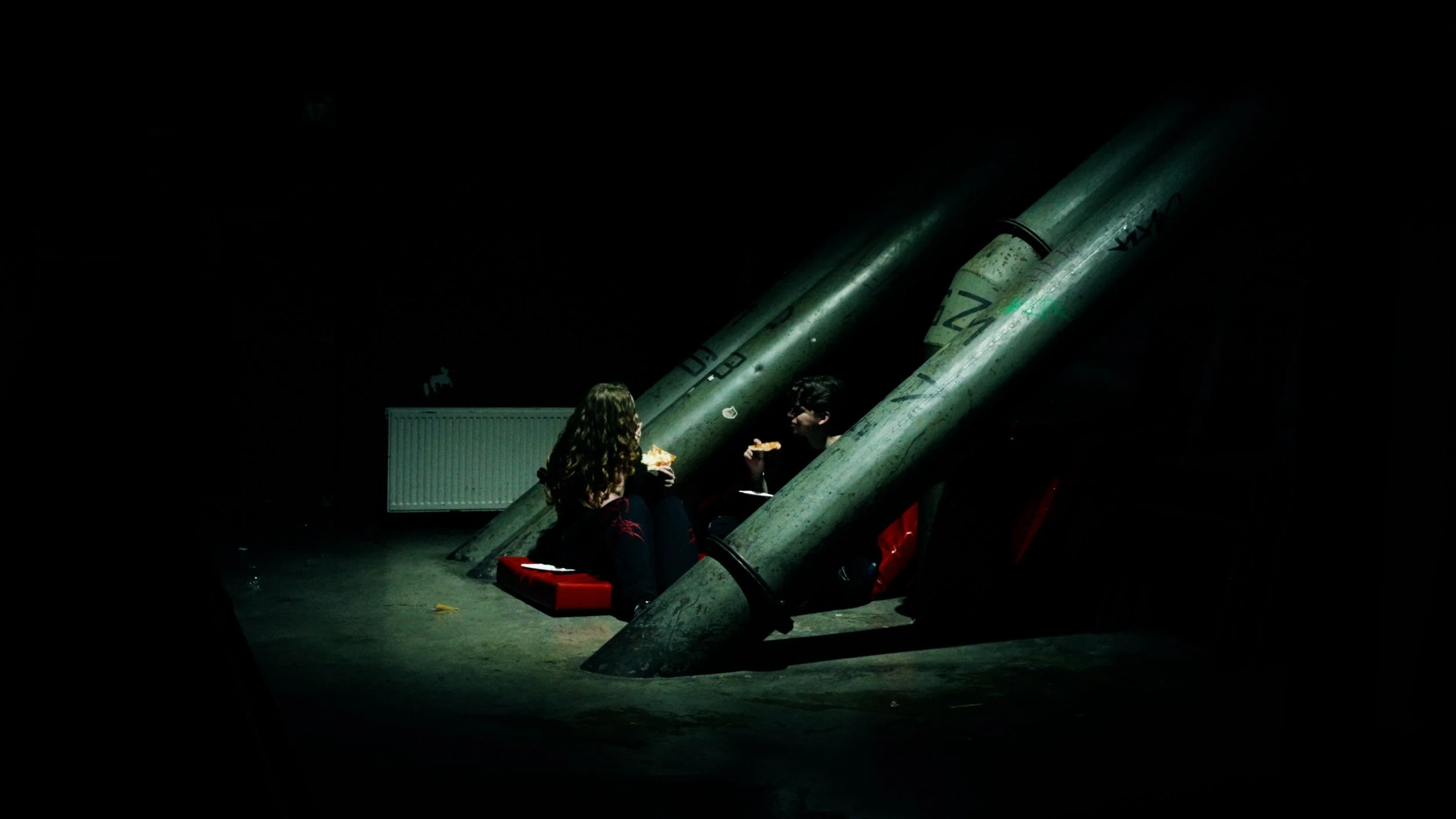
Office
Weena 70
Rotterdam, ZH, 3012 CM
Netherlands

